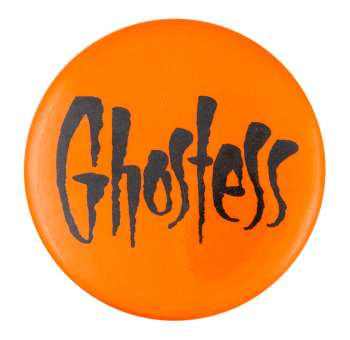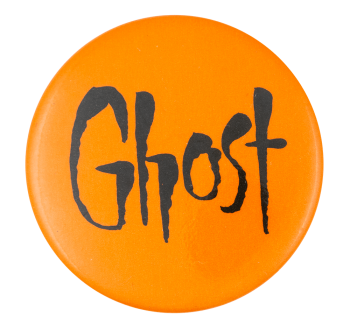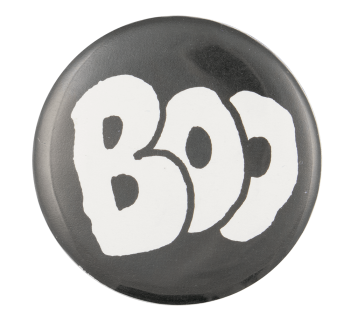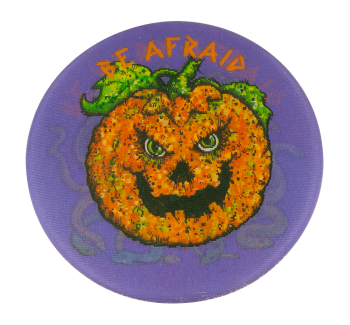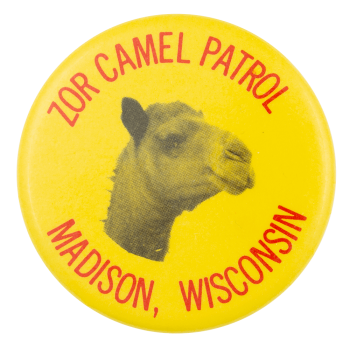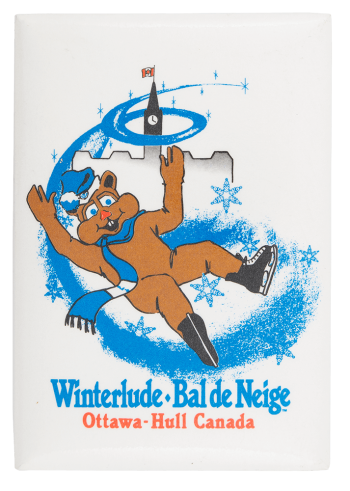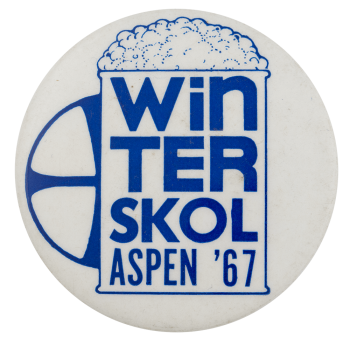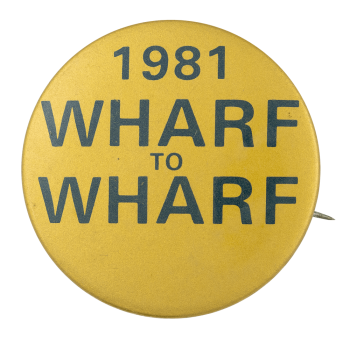Ghostess
| Category | |
|---|---|
| Additional Images | |
| Sub Categories | |
| Text on Button | Ghostess |
| Image Description | Black text on an orange background |
| Curl Text | © CURRENT INC |
| Back Style | |
| The Shape | |
| The Size | |
| Year / Decade Made | |
| Additional Information | This clever play on words is signifying that the wearer is the Hostess and she is also dressed in costume as a ghost. Halloween as we know it is much different than how it began. Over 2,000 years ago, the Celtic people celebrated a festival called Samhain on October 31st when they believed the world of the living and the world of the dead became blurred on this night. In 609 A.D., Christianity took Samhain and renamed it All Souls’ Day in order to incorporate the festival into Christian life. Christians who began to celebrate All Souls’ Day used many of the same activities that the Celtic people had done during Samhain. In the 16th century, dressing up in costumes during Halloween became very common. Common costumes included ghosts, which directly references All Souls’ Day and the Christian relationship to spirits. |
| Sources |
Halloween. (N.d.). In Wikipedia. https://en.wikipedia.org/wiki/Halloween |
| Catalog ID | EV0682 |

